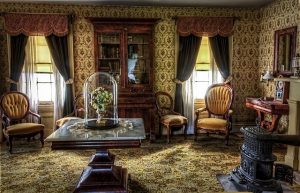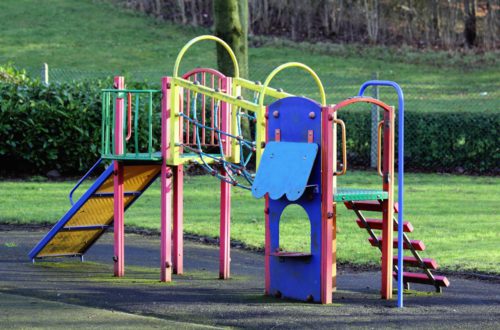Displaying artifacts in Museums is all about increasing the interest of the typical crowd as a part of the entertainment, providing them with information and inspire them to learn more about history. For a triumphant display of artifacts in the vast halls of the museum, from picking the right airtight cabinets for a display solution, to disseminating ambient hues of the right lightbulbs, you need to plan a crowd centric show which attracts them to explore further into your galleries.
1 – Target the Visitors:
Plan what you want to show and how you show in your museums, by targeting the right group of people. With your existing customer data, you can map and think of the design to showcase your new artifacts. Always keep in mind what your specific audience would want to see more and explore further with interest.
2 – Stories Leading to More Stories:
While displaying the artifacts, make sure you present them in a way that tells a whole story and not just an excerpt to the attendees, especially while displaying paintings and sculptures around the museum halls and walls. Stories with details are a great source of learning and create interests with the crowd and connect them with paintings and artifacts displayed.
3 – Timeline the Stories:
One another aspect of telling stories is arranging the storytelling artifacts in an order that would make them remember and keep up with their potential interest to learn. For this, you can display the artifacts in the order of timeline through history. Enhance these displays with sound/, banners and labels creating an experience of time travel, don’t be afraid to make extravagant changes for your instalments on exhibition walls.
4 – Create the Focus:
Make use of signage’s, symbols, graphics display to control crowds and organize the movement of traffic within the museum. Within their sections interest, the viewers would become an active part in exploring and wanting to understand more about the history that connects with them.
5 – Crowd Interaction:
You can create interactively and energetic experience for the crowd with games like treasure hunts or even high technology games with graphics and gears. This can attract the crowd to explore and win games that can make their museum experience an active interaction. Crowd interaction is one of the most efficient ways to keep the masses flowing all through the season.
6 – Learning with Technology:
With all gadgets and technology available, you can provide audiobooks and audio guides to your visitors, giving them enhanced learning. With video and audio monitor displays, it is easy to keep the crowd engaged and attentive.
7 – Make History Interesting:

Defining your design to display artifacts with attractive banners, intuitive labels, graphics are as critical as using high platforms, perfect lighting which allows the crowd to view them easily. Create enough room space between every display to prevent crowding in one localized spot. Make the displays as creative and innovative as possible keeping your target audience in mind.
8 – Sections of Divisions:
Simplify the complicated things to multiple small sections that can provide sufficient room space for the crowd to flow around and make the learning process easy. With the chronological ordering of the timeline, the artifacts sectioned over a large area can make a practical approach to focus on the target audience and keep them on the go to make them explore further.
9 – Marketing Buzz:
Marketing strategies can be used to bring in a diverse crowd of people. Such as using online banners and ads to attract niche crowd from within your community, then big billboards outside to attract tourists in city central. So thinking from a potential customer’s viewpoint, you should be setting up interactive sessions, book clubs and other activities which can be marketed to the right individuals via new papers, online stores and websites or emails.
10 – Learning Goals:
With several artifacts from history at your hand, you need to decide what your goal is. You can make the experience all about learning with serious subjects or make the learning more about entertainment and memorable experience. Plan the road map of your display and the learning goal you want to showcase to your target audience.





